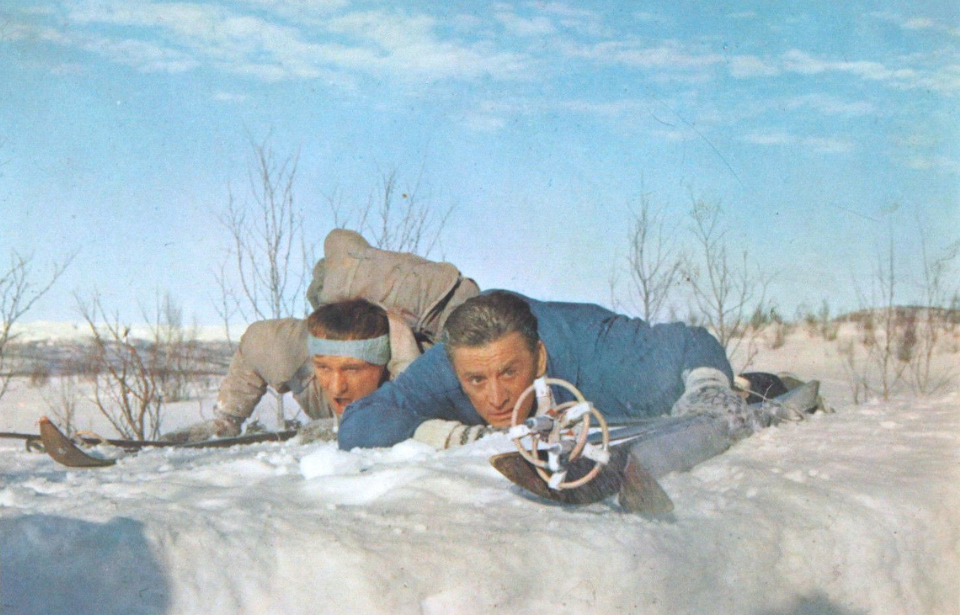As the Second World War dragged on, both the Allied and Axis powers invested heavily in research that would create the first atomic weapons. The US, Britain and Canada worked together to form the Manhattan Project, and Germany created its counterpart, the Uranverein. Both projects conducted research on atomic weapons and were given government support and funding.
The Allies were well aware of Germany’s efforts to create nuclear weapons and decided to sabotage their research. To do this, the Combined Operations Headquarters organized a group of Norwegian commandos to sabotage a heavy water processing plant the Germans had taken over in Norway.
The importance of heavy water to nuclear weapons
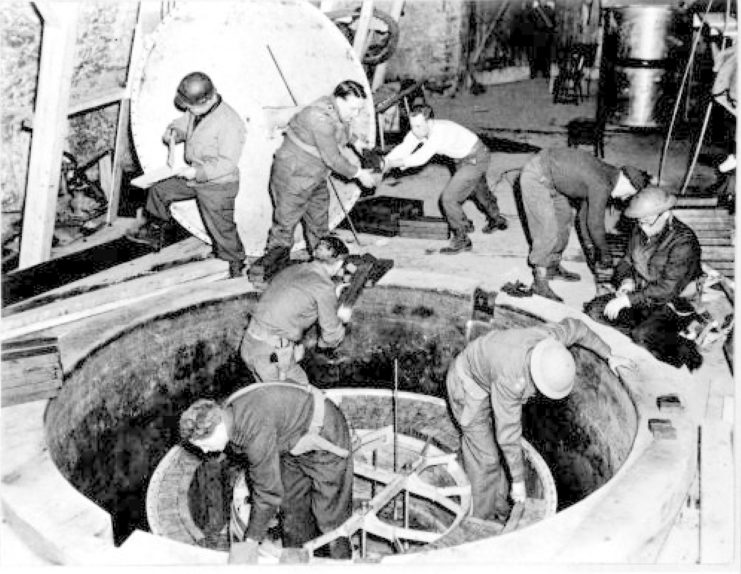
Heavy water was extremely important to the research efforts of German nuclear scientists. At the beginning of the war, German physicist Werner Heisenberg discovered the creation of nuclear bombs would be possible with enough heavy water, a substance used to slow down and regulate nuclear reactions.
The only problem was that Germany didn’t have facilities to manufacture heavy water. This was quickly resolved following the country’s invasion of Norway in April 1940. Their primary reason for the invasion was to gain a strong naval base and obtain shipments of iron ore from Sweden.
What the Germans also gained was control over the Vemork Norsk Hydro Plant, located at Rjukan Falls, which produced the heavy water needed for nuclear research.
Operation Grouse
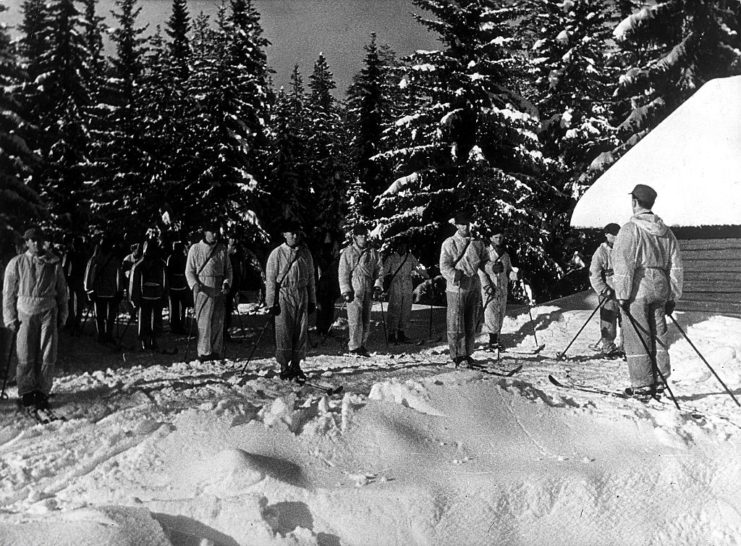
Operation Grouse was the first of three attempts by the Allies to disrupt the production of heavy water in Norway. The British Special Operations Executive (SOE) trained four Norwegian men, who were tasked with the mission. The goal was to undertake reconnoissance in the area and report back their findings to the British, who would act on it in a subsequent operation.
The men parachuted into Norway on October 18, 1942, where they skied from the drop site into location. They’d been required to memorize the blueprints for the mission, which resulted in them getting lost many times, once when they were dropped in the wrong location and another while skiing. Once in the right place, the Norwegians lived off the land until they received further instructions.
Operation Freshman
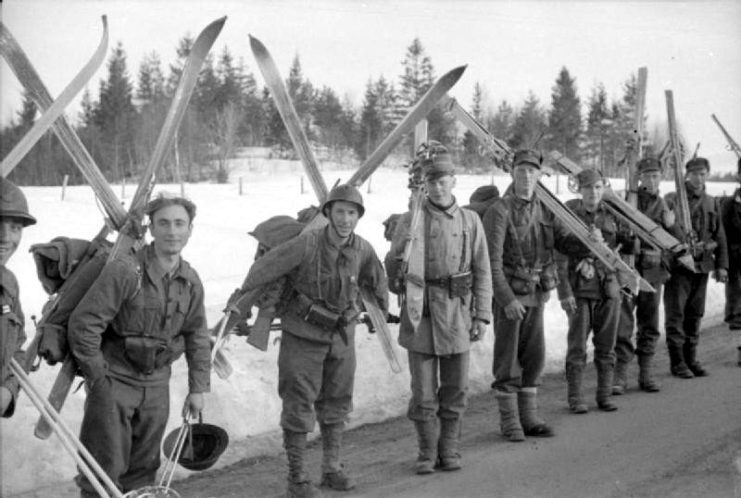
After successfully placing the Norwegians in position near the power plant, the Combined Operations Headquarters launched the second phase of the operation. The aim was to land a party of British engineers, who would attack the plant, with the intent of Operation Freshman being for British commandos to be carried in on gliders. They would land at the location marked during Operation Grouse and launch their attack.
The plan was complex, requiring the men to rig the plant with explosive and detonate them while being out of the blast zone. Highly-skilled engineers were chosen from 9th Field Company (Airborne) Royal Engineers and the 261st Field Park Company (Airborne) Royal Engineers attached to 1st Airborne Division. Twice the number of men needed to complete the mission were selected, to ensure there were enough boots on the ground to finish it.
The operation was, however, incredibly unsuccessful. Both of the gliders crashed, one into a mountain, killing everyone on board. The other resulted in the deaths of some of the British troops, while the remainder were later found by the Germans and executed. The Norwegians who were dropped during Operation Grouse remained near the power plant and waited for further orders.
Operation Gunnerside
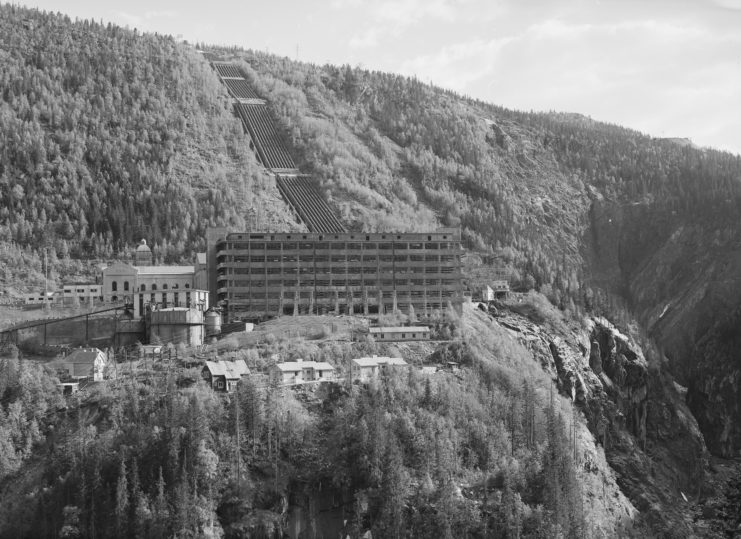
With the Norwegians, now known as the “Swallow team,” still in an opportune location, the Allies decided to launch a final attack against the Vemork Norsk Hydro Plant. They dropped six more Norwegian commandos on February 16, 1943 to begin what was known as Operation Gunnerside. Each wore a British uniform underneath their snowsuits, so the British would take the blame for their actions and not the local Norwegian resistance.
The operation was designed in a similar style to Grouse, in that the new commandos were dropped by parachute and skied to meet with Swallow team. The men were part of the Norwegian Independent Company 1, also known as Company Ligne, an SOE group formed for the exact purpose of performing commando raids in occupied Norway.
When the Gunnerside team met with Swallow team, they prepared to attack the power plant on the night of February 27-28, 1943. The group was joined by a Norwegian spy and, although they initially encountered poor weather, made quick progress toward the plant.
Carrying out the mission
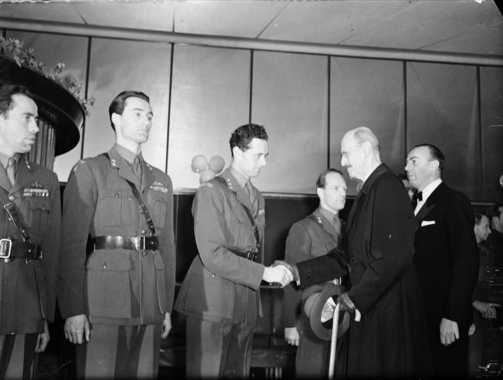
Working against the group was the failed British sabotage operation, which had led the Germans to improve the defenses around the power plant. Most of the routes leading to the facility were either heavily guarded or mined, forcing the commandos to take unconventional routes.
Eventually, they were able to cut through the fencing and split into the explosives and cover teams, where the former made their way inside, set their explosives and ran. Both teams skied to the nearby town of Rjukan, where they split up. The explosives team skied over 200 miles to the Swedish border, wearing only their British uniforms. Despite German efforts, they were able to get away without capture.
More from us: Gold Dust Twins: The Two Coast Guardsmen Who Saved Chesty Puller’s Marines on Guadalcanal
When the head of German forces in Norway, Generaloberst Nikolaus von Falkenhorst, inspected the damage caused by the commandos, even he commended them for their actions, saying Operation Gunnerside was “the most splendid coup.” Many believe the mission was instrumental to Allied nuclear efforts, as it put German scientists months behind in their research, allowing the US to overtake them and produce the first atomic bomb.
